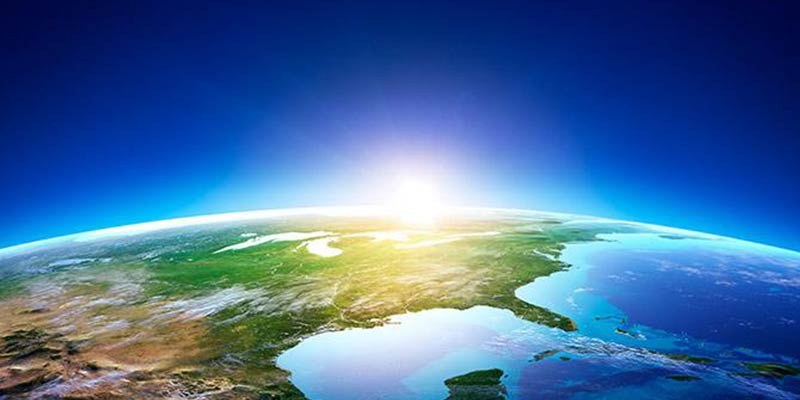- World
- Sep 24
Explainer / The Kigali Amendment to the Montreal Protocol
The US Senate ratified Kigali Amendment to the 1987 Montreal Protocol that compels signatories to limit use of hydrofluorocarbons (HFCs), highly potent greenhouse gases commonly used in refrigeration and air conditioning that are far more powerful than carbon dioxide.
What is the Montreal Protocol?
• The ozone layer is a natural layer of gas in the upper atmosphere that protects humans and other living things from harmful ultraviolet (UV) radiation from the sun.
• Although ozone is present in small concentrations throughout the atmosphere, most (around 90 per cent) exists in the stratosphere, a layer 10 to 50 kilometres above the Earth’s surface.
• Montreal Protocol on Substances that Deplete the Ozone Layer is an international environmental treaty adopted in 1987 for protection of the ozone layer by phasing out the production and consumption of man-made chemicals, referred to as ozone depleting substances (ODS).
• The Montreal Protocol sits under the Vienna Convention for the Protection of the Ozone Layer. The Vienna Convention was adopted in 1985 following international discussion of scientific discoveries in the 1970s and 1980s highlighting the adverse effect of human activity on ozone levels in the stratosphere and the discovery of the ‘ozone hole’.
• The Montreal Protocol is signed by over 190 Parties. In January 2012, South Sudan ratified the Montreal Protocol, making it the first international environmental treaty to achieve universal ratification — a truly remarkable effort that reflects the universal acceptance and success of the agreement.
• The Parties to the Protocol meet once in a year to make decisions aimed at ensuring the successful implementation of the agreement.
• In October 2016, during the 28th Meeting of the Parties to the Montreal Protocol on Substances that Deplete the Ozone Layer in Kigali (in Rwanda), more than 170 countries agreed to amend the Protocol.
• The Kigali Amendment requires participating nations to phase down production and use of hydrofluorocarbons by 85 per cent over the next 14 years, as part of a global phaseout intended to slow climate change.
• More than 130 nations, including India, China and Russia, have formally ratified the amendment, which scientists say could help the world avoid a half-degree Celsius of global warming.
• India became a Party to the Montreal Protocol on Substances that Deplete the Ozone Layer on June 19, 1992 and since then has ratified the amendments to the Montreal Protocol. In August 2021, the Union Cabinet gave its nod for ratification of the Kigali Amendment for phase down of hydrofluorocarbons (HFCs)
What are hydrofluorocarbons (HFCs)?
• Hydrofluorocarbons were introduced as non-ozone depleting alternative to chlorofluorocarbons (CFC) such as R-12 and hydrochlorofluorocarbons (HCFC) such as R-21.
• While HFCs do not deplete the stratospheric ozone layer, they have high global warming potential, which have adverse impact on climate.
• Recognising the growth in use of HFCs, especially in refrigeration and air-conditioning sector, the Parties to the Montreal Protocol reached agreement at their 28th Meeting of the Parties (MOP) held in October 2016 in Kigali, Rwanda to add HFCs to the list of controlled substances and approved a timeline for their gradual reduction by 80-85 per cent by late 2040s.
• In January 2020, India successfully completed the phasing out of Hydrochlorofluorocarbon (HCFC)-141b, used by foam manufacturing companies. HCFC-141b was used mainly as a blowing agent in the production of rigid polyurethane (PU) foams.
Manorama Yearbook app is now available on Google Play Store and iOS App Store

